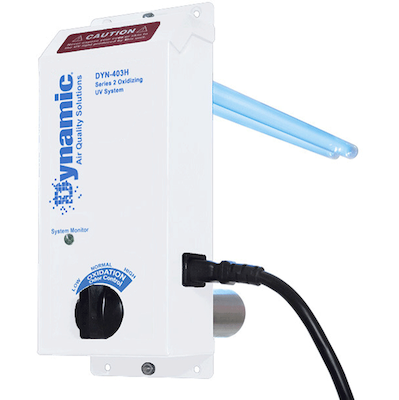Updated January 18, 2024

Introduction:
Poor indoor air quality can lead to various health issues, making it crucial to take steps to improve it. Understanding the causes of poor indoor air quality is the first step toward creating a healthier living environment. This article will explore these causes and provide insights into three effective strategies for achieving cleaner and healthier indoor air.
What Causes Poor Indoor Air Quality?
Poor indoor air quality can result from various factors, including:
- Allergens: Dust mites, pollen, pet dander, and mold spores are common allergens that can worsen air quality.
- Chemical Pollutants: Household cleaning products, paints, and other chemicals emit volatile organic compounds (VOCs) that can be harmful when inhaled.
- Tobacco Smoke: Smoking indoors is a significant contributor to indoor air pollution, causing a range of health problems.
- Inadequate Ventilation: A lack of fresh air circulation can trap pollutants indoors, leading to a buildup of contaminants.
- HVAC Issues: Poorly maintained heating and cooling systems can circulate dust and mold throughout the home.
How Can I Improve the Air Quality in My Indoor Room?
Improving indoor air quality is achievable through several practical steps:
- Regular Ventilation: Proper ventilation is critical to reducing indoor air pollutants—open windows and doors to allow fresh outdoor air to circulate through your home. Using exhaust fans in kitchens and bathrooms can also help remove contaminants at the source.
- Air Purifiers: Consider investing in air purifiers equipped with HEPA filters. These devices can effectively capture and remove particles such as dust, pollen, pet dander, and even some microorganisms from the air.
- Humidity Control: Maintaining the proper humidity level is essential. High humidity can encourage mold growth, while low humidity can lead to dry air. Use a dehumidifier if needed, especially in damp areas, and consider using a humidifier during dry seasons.
What Are 3 Strategies to Improve Indoor Air Quality?
- Reduce Indoor Pollutants: Identify and eliminate familiar sources of indoor air pollutants. Smoking indoors, using harsh cleaning chemicals, and having poorly maintained HVAC systems can all contribute to poor air quality. Make a conscious effort to reduce these factors.
- Regular Cleaning: Dust and vacuum your home regularly, using HEPA-filtered vacuum cleaners to trap particles effectively. Wash bedding, curtains, and rugs frequently to reduce allergens and dust mites.
- Houseplants: Certain houseplants, such as spider plants, snake plants, and peace lilies, can act as natural air purifiers by absorbing some common indoor pollutants. Incorporating these plants into your decor can help improve air quality.
What Is the Most Effective Way to Improve Indoor Air Quality?
The most effective way to improve indoor air quality is by combining multiple strategies. A holistic approach, including proper ventilation, air purifiers, humidity control, and lifestyle changes, can yield the best results. Additionally, consistently maintaining a clean and dust-free living environment and reducing indoor pollutants significantly contribute to healthier indoor air.
Conclusion:
Don’t underestimate the importance of indoor air quality. By understanding the causes of poor air quality and following these strategies, you can create a healthier and more comfortable living space for you and your family. Breathe easy and enjoy the benefits of cleaner indoor air.


